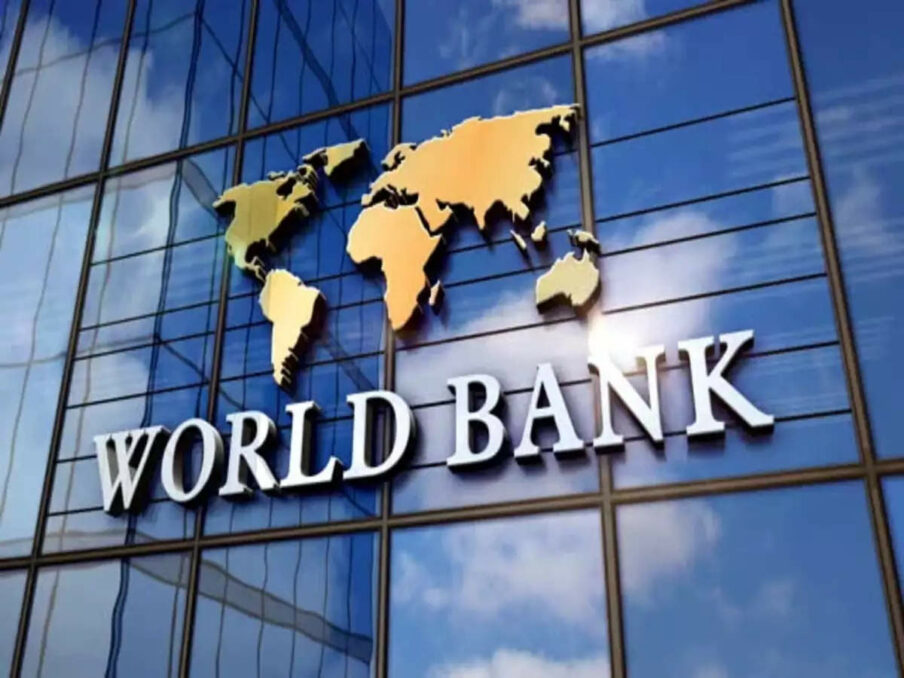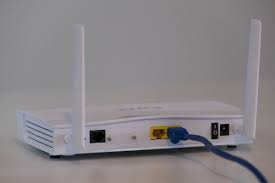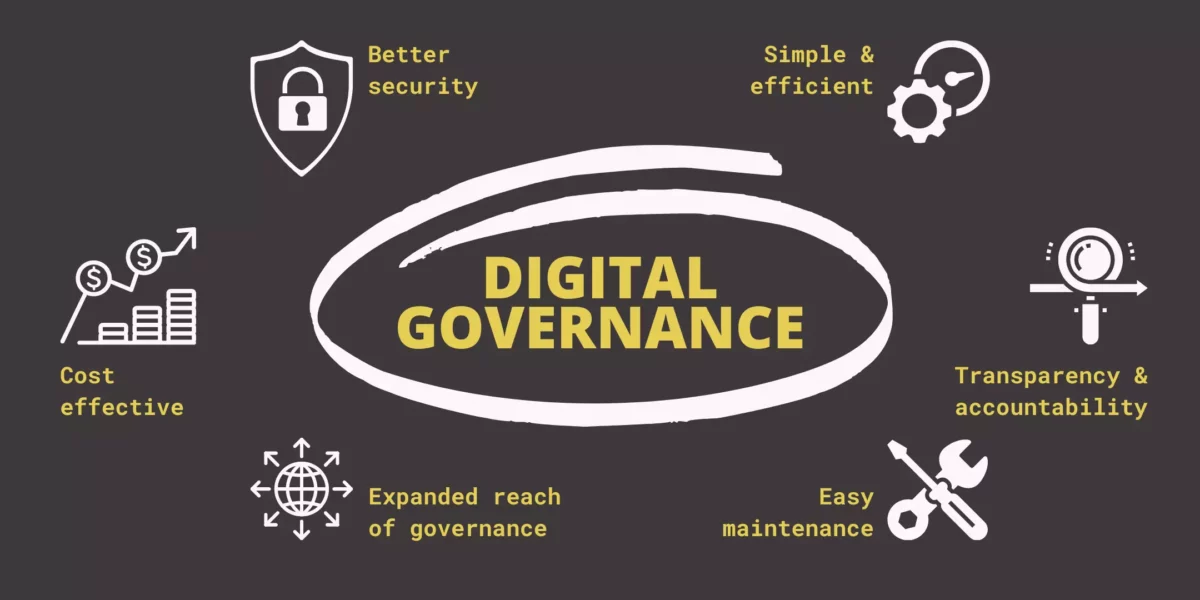The World Bank is providing financial support to Manipur to promote digital literacy and lay the groundwork for digital governance in the state.
This information has been confirmed through an e-mail. In the official email the Bank said that it will contribute $46 million for necessary causes, to the ‘Manipur Infotech electronic disablement development project’ to help the state harness the full potential of digital technologies to transform the state’s economy and electronic service provision. The total project cost is $67,50 million.
According to sources, the Manipur government’s Industrial and Investment Policy 2017 has already declared ITeS(T enabled services) as a “thrust area” and the Manipur Vision 2030 has set inclusive access to digital technologies and their use in education and agriculture to promote trade as key priorities.

On the other hand the government is too particularly keen to promote the digital economy as one of only a few options for job creation and economic growth, in view of the challenges posed by climate change and its effects on agriculture, the constraints on traditional growth-promoting industries, and the physical connectivity constraints of the medium term.
Bank’s Report Mentions
In one of its reports The World Bank presented its view on the reason for offering this huge amount to one particular area. The official said in reports,
“Manipur is still lagging behind in terms of job creation and entrepreneurship. This is mainly due to low private investment, remote location due to poor physical and digital connectivity and limited industrialization in recent years. The unemployment rate stood at 9.5 percent in 2021, second highest in the National Elite Region. According to 2012 data, only 3,000 people—0.1% of the total population—work in the private, organised sector, while more than 60,000 students pursue graduate and higher education courses in the state. Public sector and unorganised sector contribute to a large portion of employment. Due to limited economic opportunities, Manipur has the highest ratio of migrants outflows to inflows (almost 4) in Northeast India.”

The report states that the Centre’s ‘Act East’ policies have resulted in various infrastructure development projects in the northeast region to find new investment opportunities and sources of employment. The report goes on to state that the Centre has aimed to make Manipur India’s ‘Gateway’ to the East and projects are in the pipeline to improve rail and telecom connectivity with other parts of the country.
According to the report of the Bank, the government of Manipur aims to digitalise the state as a tool for economic development, social inclusion, and better service provision. The state aims to build its digital economy in the framework of the Digital India programme and the Centre’s Digital North East vision 2022. The Centre has supported and acknowledged the state’s efforts with the aim of making it an IT hub of northeast India.
Components Of The New Manipur Project
The first strand of the project is Digital industry, skills and jobs, which encompasses three sub-strategies: enhancing digital skills and job placements, supporting digital start-ups, and leveraging investment in digital industries.

Broadband Connectivity, Access, and Use (BCA) is the second component, which will underpin policy and regulatory measures to enhance access to cost-effective broadband, as well as through investment in connectivity infrastructure and digital literacy. It is composed of three components: lowering broadband deployment costs; stimulating broadband infrastructure investment; and increasing digital literacy and accessible access to affordable technology.

The third element is the foundation of digital governance, which consists of three sub-elements: investment in data infrastructure; improvement of cybersecurity and data exchange; and the implementation of specific digital business-to-business services.

For successful completion of this project, the Manipur government is creating a special economic zone in the state to promote innovation and hold events to encourage entrepreneurship. They’ve signed Memoranda of Understanding (MoU) with Tata Technologies and Kalinga Institute Of Industrial Technology, as well as HCL Techbee. This zone is expected to create 15,000-2,000 jobs for the people of Manipur.













